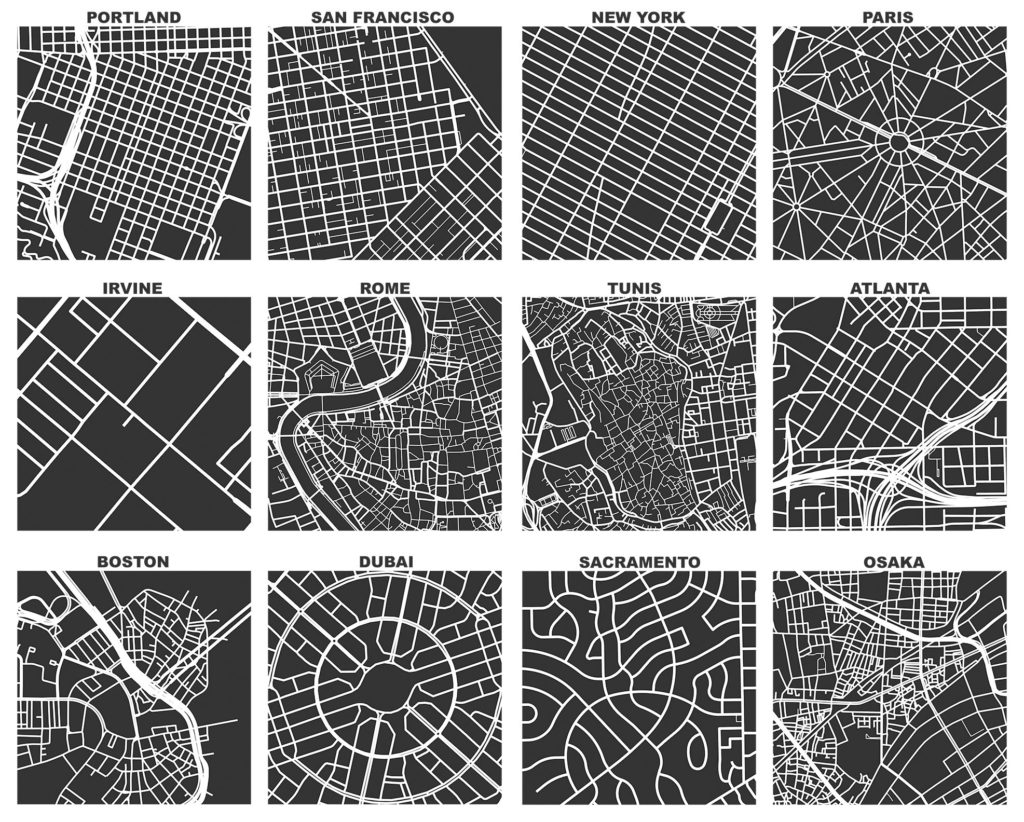I am happy to share that I was awarded the Zephyr Foundation’s 2025 Exceptional Technical Achievement Award for my work on OSMnx. This annual award recognizes a project that has had a positive impact on the fields or transportation and/or land use decision-making.
This year will mark the 10th anniversary of my work on the OSMnx project. It recently reached version 2.0 with a slew of new features and enhancements. If you haven’t used it before, OSMnx is a Python package to easily download, model, analyze, and visualize street networks and any other geospatial features from OpenStreetMap. You can download and model walking, driving, or biking networks with a single line of code then quickly analyze and visualize them. You can just as easily work with urban amenities/points of interest, building footprints, transit stops, elevation data, street orientations, speed/travel time, and routing.
If you’re interested in this tool, you can read more about it here.


